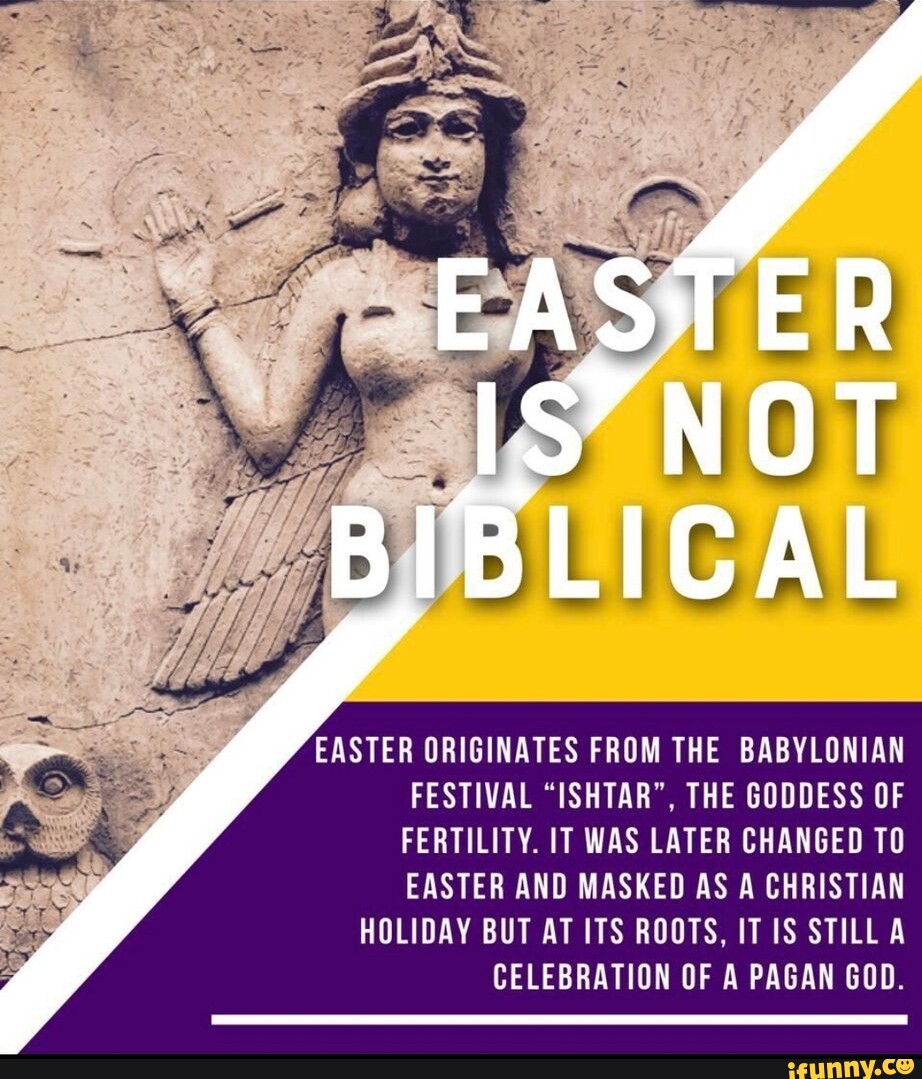
EASTER BIBLICAL EASTER ORIGINATES FROM THE BABYLONIAN FESTIVAL "ISHTAR", THE GODDESS OF
Resurrection. This point is, at first glance, the strongest argument in the connection between Ishtar and Easter. In Christian teachings, Jesus is executed on Good Friday and is resurrected again.

Pin on science and nature
Ishtar is the patron goddess of some of the dominant cultures mentioned the Old Testament, and Easter sounds a lot like Ishtar. Most people who have done even a cursory study of the Babylonian culture already know that they held Ishtar in high status among the gods. They had temples created for her. They had stories and poems about her.

The Easter Celebration Of Jesus Was Copied from The Goddess Ishtar Of Ancient Sumerians
Ishtar The visual used in the social media posts is known as the Burney Relief, or "Queen of the Night," a Babylonian clay panel created at least in the 18th century BC and held by the British.
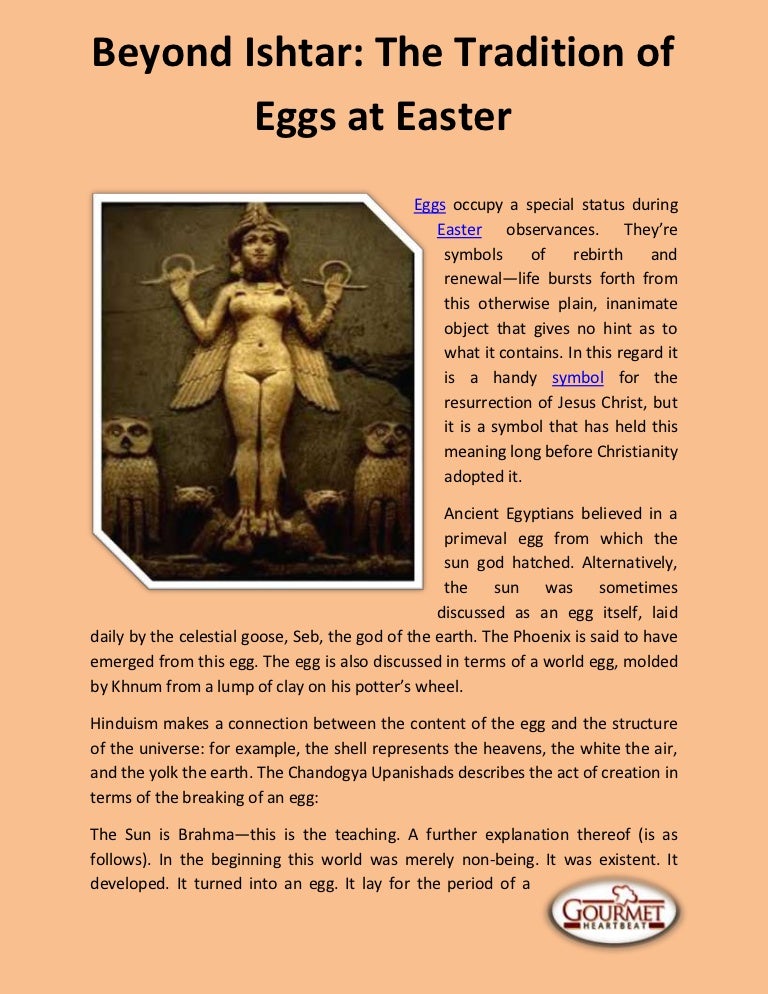
Beyond ishtar the tradition of eggs at easter
Easter was originally the celebration of Ishtar, the Assyrian and Babylonian goddess of fertility and sex. Her symbols (like the egg and bunny) were and still are fertility and sex symbols (or.

Ishtar = Easter Ishtar, Ancient goddesses, Gods and goddesses
Eostre, also called Ostara or Eastre, is a Germanic goddess associated with spring and the dawn. She is particularly known in Anglo-Saxon and Old High German traditions and is believed to be the namesake for the Christian holiday of Easter.

Pin by Phihelix on You need to know! Pagan origins of easter, Bible facts, Bible truth
This is Ishtar: Pronounced "Easter." Easter was originally the celebration of Ishtar, the Assyrian and Babylonian goddess of fertility and sex. Her symbols (like the egg and the bunny) were and still are fertility and sex symbols (or did you actually think eggs and bunnies had anything to do with the resurrection?).
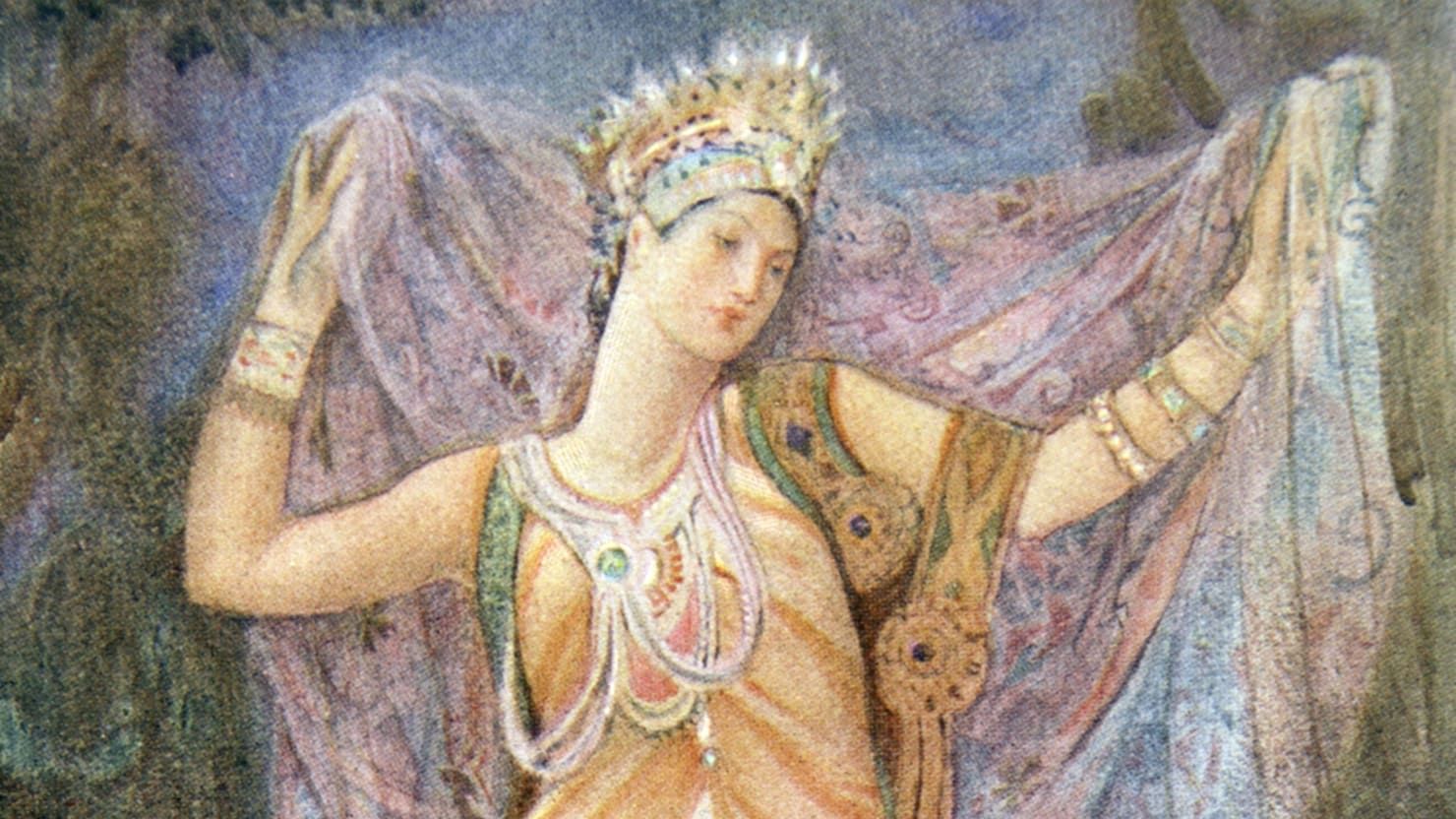
Happy Easter, Which is Not Named After Ishtar, Okay?
The first is that "Ishtar" was pronounced "Easter.". The second is that Ishtar was the goddess of fertility and sex and so her symbols were an egg and bunny. The meme concludes that Easter.
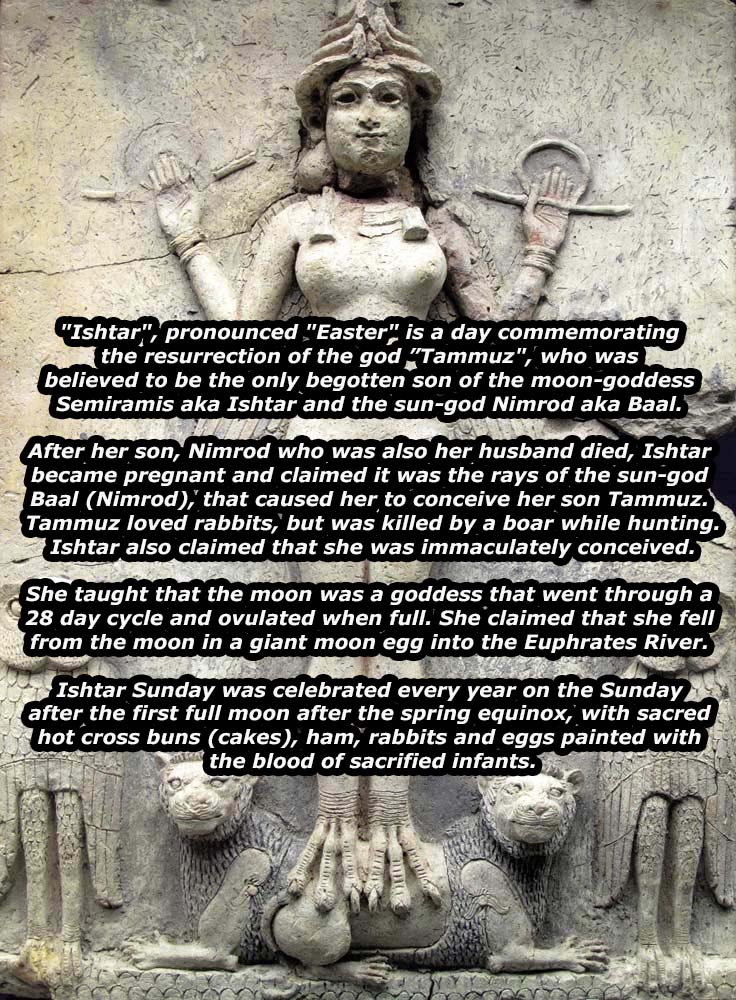
ISHTAR
Ishtar, a Semitic goddess of love and war, who played a huge role in the Babylonian pantheon—in fact when Daniel and the other captives marched into Babylon, they would've seen the Ishtar Gate,.
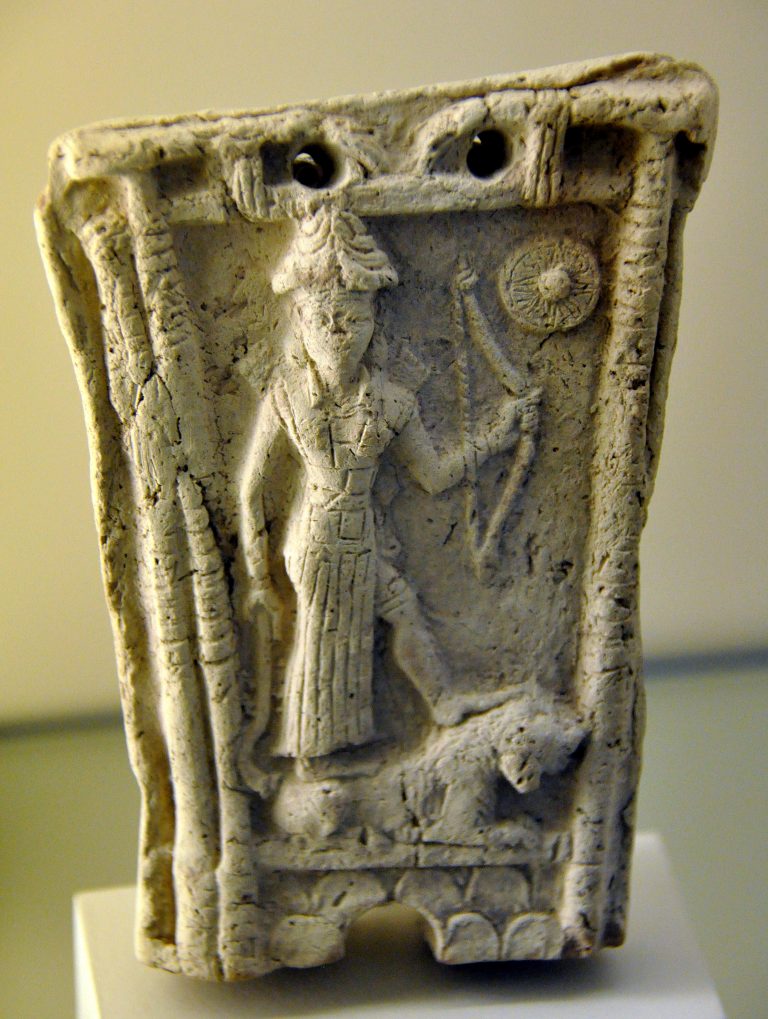
Who Was Ishtar and What is Her Connection to Easter? Dust Off The Bible
The Easter Bunny seems to have it origins in ancient Babylon, too. Seems the god, Tammuz was noted to be especially fond of rabbits, and they became sacred in the ancient religion. Because Tammuz was believed to be the son of the sun-god, Baal. Tammuz, like his father, became a hunter and his favorite prey was-you guessed it- the Ishtar Bunny.
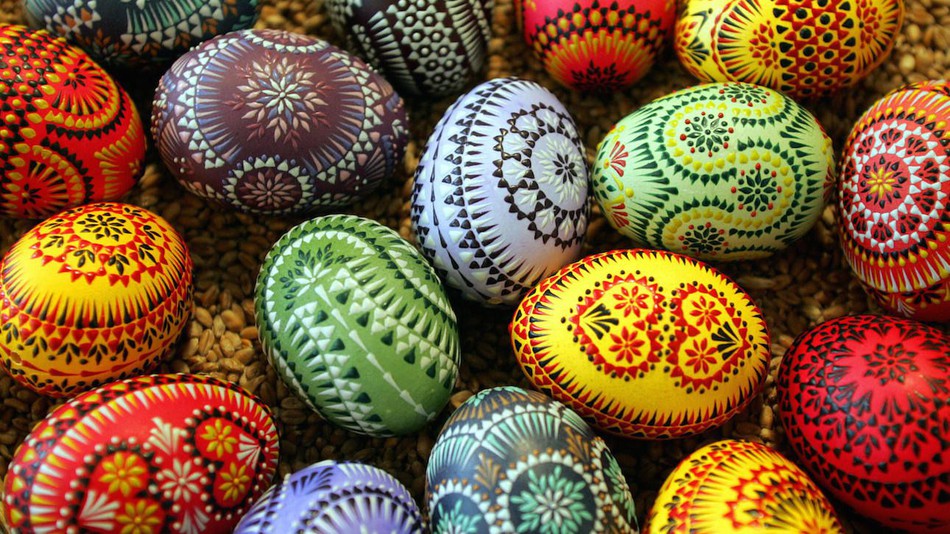
The Tradition of Eggs at Easter, Ishtar and Eostre UNITED SPIRITUALITY
The Sumerian goddess Inanna, or Ishtar, was hung naked on a stake, and was subsequently resurrected and ascended from the underworld. One of the oldest resurrection myths is Egyptian Horus. Born.
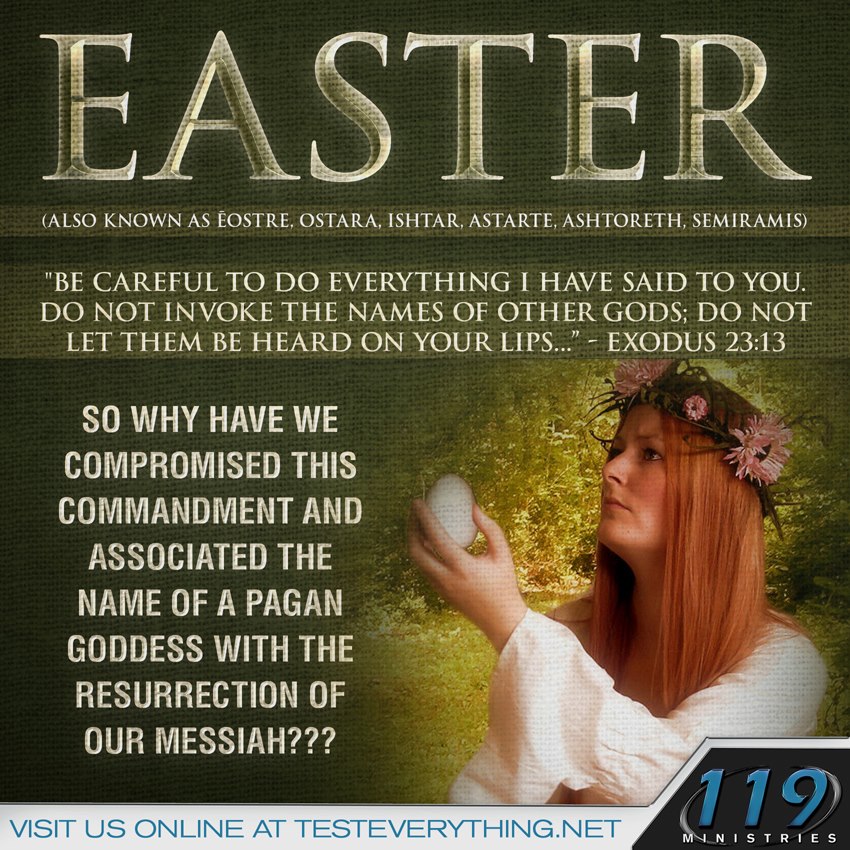
The Greatest Truth Never Told!!!!!!!!!!!!!!!!!!!!!!!! THIS IS ISHTAR pronounced "EASTER"!!!
In ancient Canaan Ishtar is known as Astarte, and her counterparts in the Greek and Roman pantheons are known as Aphrodite and Venus. In the 4th Century, when Christians identified the exact site in Jerusalem where the empty tomb of Jesus had been located, they selected the spot where a temple of Aphrodite (Astarte/Ishtar/Inanna) stood.

Ishtar or Easter? Pagan Easter Origins Real Easter Story Is Easter Christian? Ishtar vs
Ishtar, a goddess of both fertility and war, is the Akkadian name of the Sumerian goddess Inanna and the Semitic goddess Astarte, the three names referring to the same deity in different cultural contexts.She inspired great devotion in the ancient Babylonian empire, as evidenced by the many grand temples, altars, inscriptions, and art objects devoted to her.

Is Easter Really the Pagan Worship of Ishtar? Fr. Dwight Longenecker
Answer Ishtar was an ancient Mesopotamian goddess of war, fertility, and sex. She is featured in the Epic of Gilgamesh, and the "Ishtar Gate" was part of Nebuchadnezzar's Babylon. Her worship involved animal sacrifices; objects made of her sacred stone, lapis lazuli; and temple prostitution.
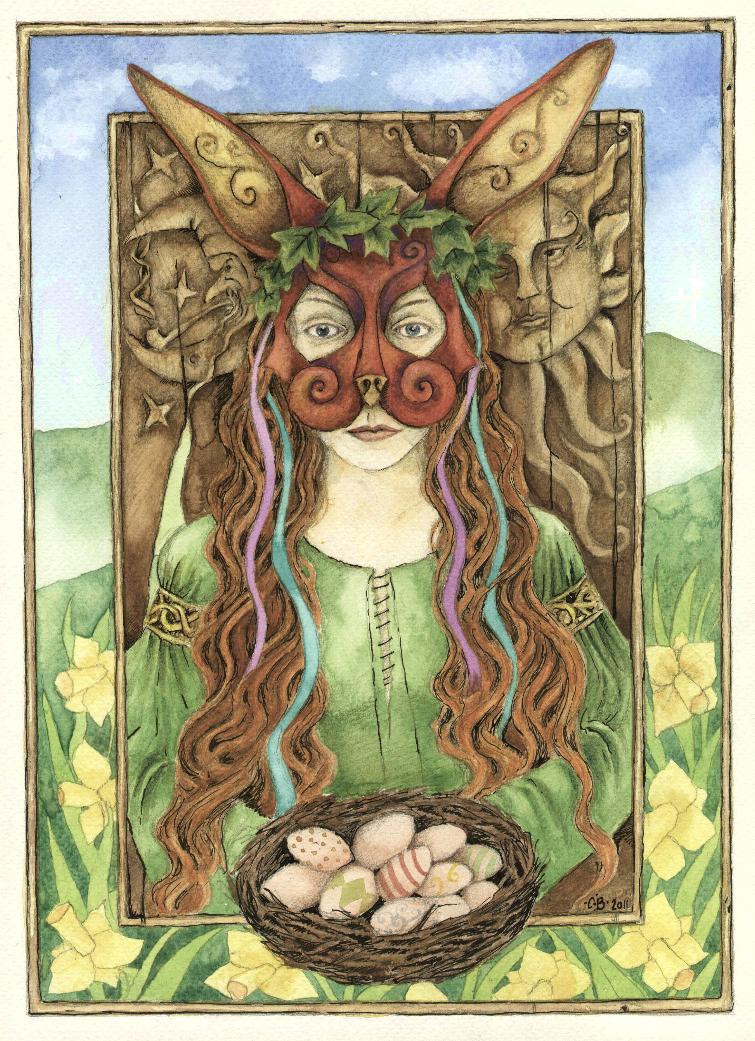
History for Atheists Easter, Ishtar, Eostre and Eggs
Is 'Easter' an English Translation of 'Ishtar'? Tom Nash Listen to the audio version of this content Question: My daughter-in-law says the name of the pagan goddess "Ishtar" translates to "Easter" in English. How can she make this statement? Answer: Your daughter-in-law is mistaken.
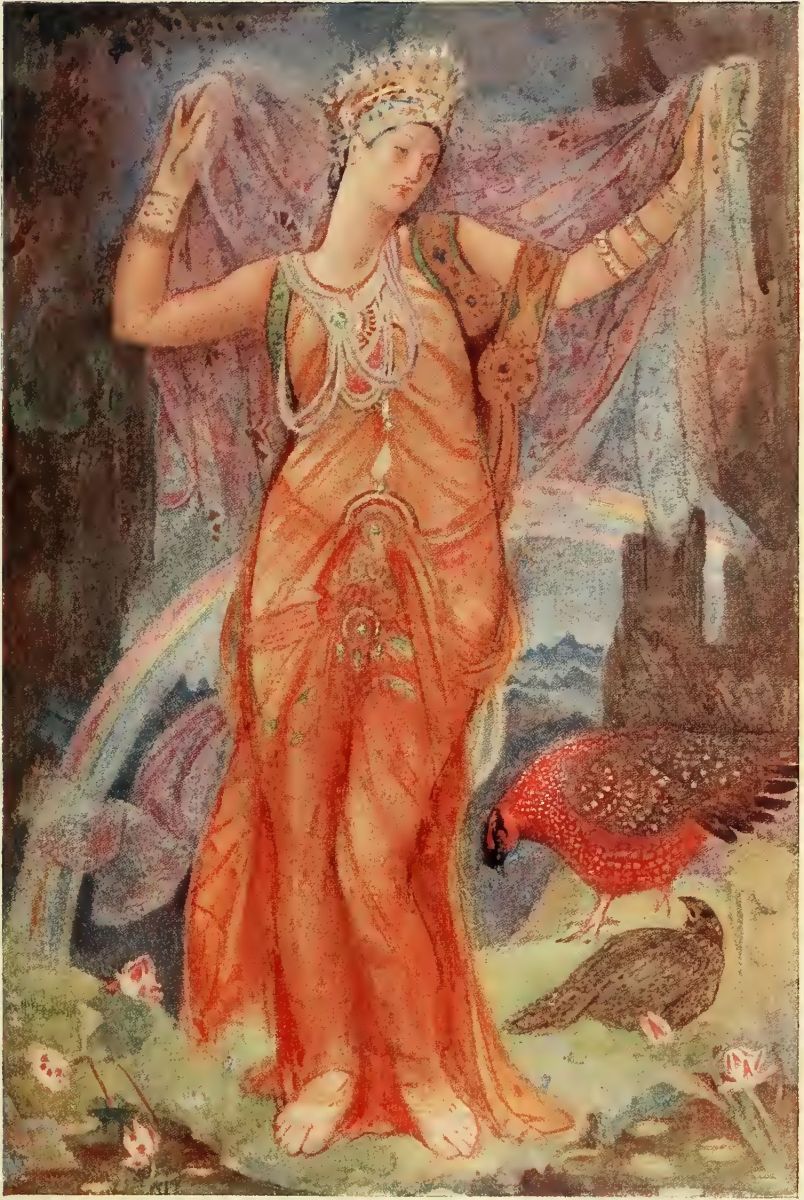
Happy Ishtar or Happy Easter? Hidden Truth Behind Goddess of Love, War & Sex Reckon Talk
What is the origin of the Easter Bunny and the Easter eggs? As the fertility goddess, Ishtar was often associated with eggs, which were seen as a symbol of new life and rebirth. In ancient times.

The 25+ best Ishtar easter ideas on Pinterest Easter pagan, Easter goddess and Spring equinox 2017
Babylonian tablet representing Ishtar's twin brother Shamash, circa. 860 - 850 BCE, via The British Museum, London. Ishtar was worshipped primarily as the goddess of both love and war, and she was associated with aspects of these areas such as sex, fertility, and political power. However, Ishtar's sphere of influence also extended well.